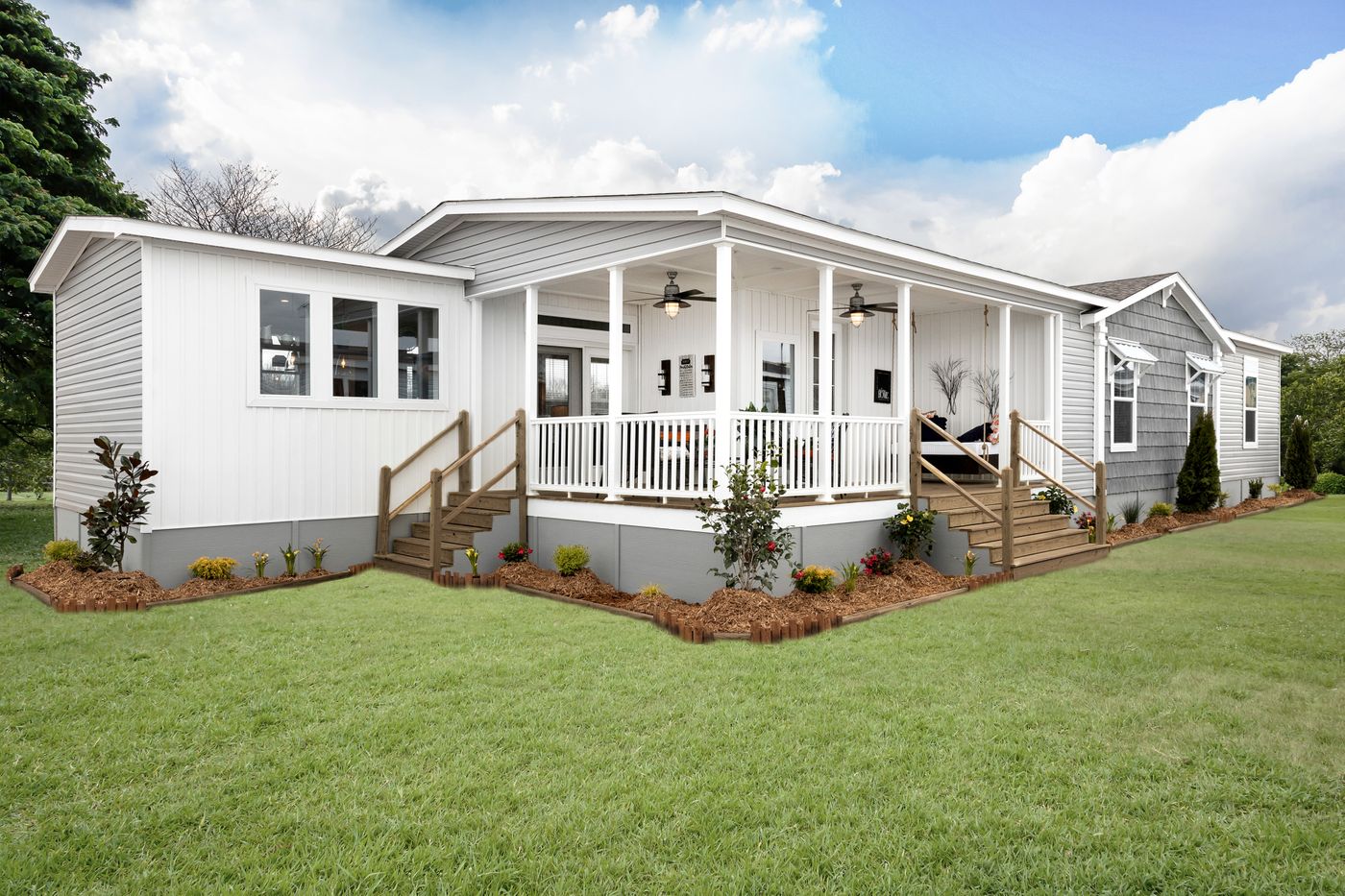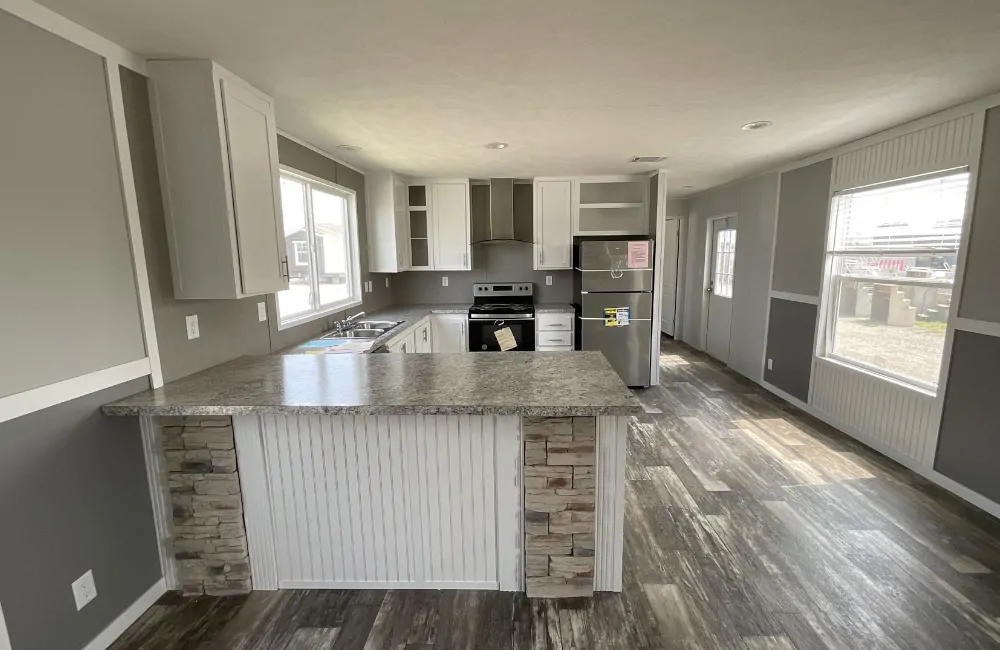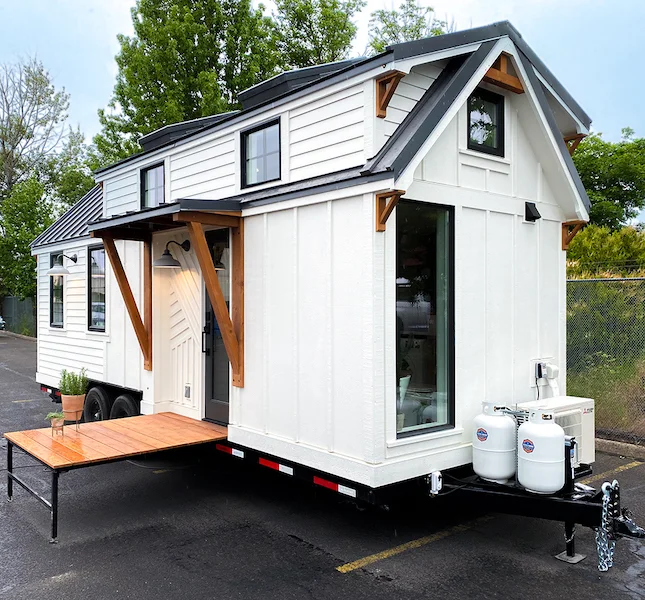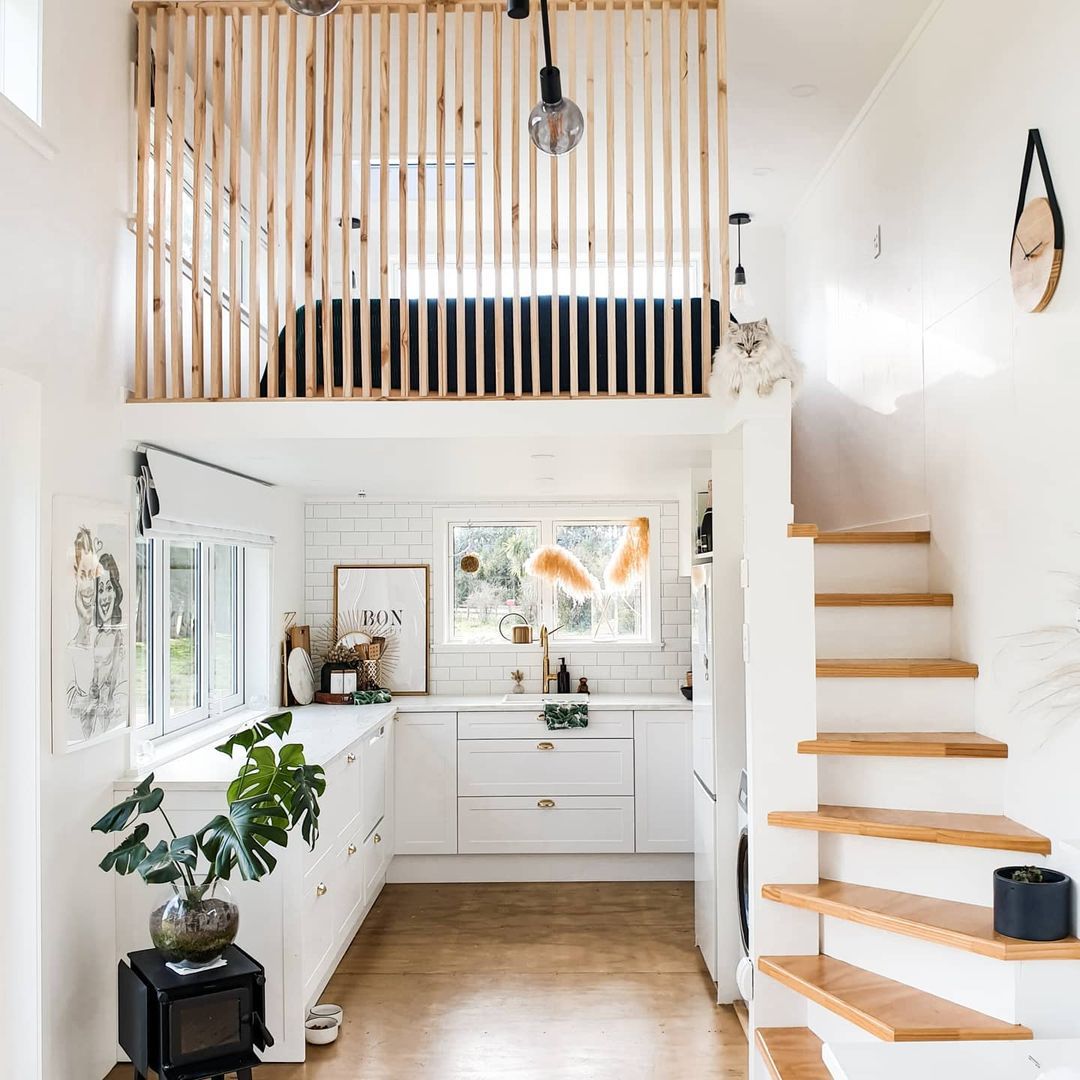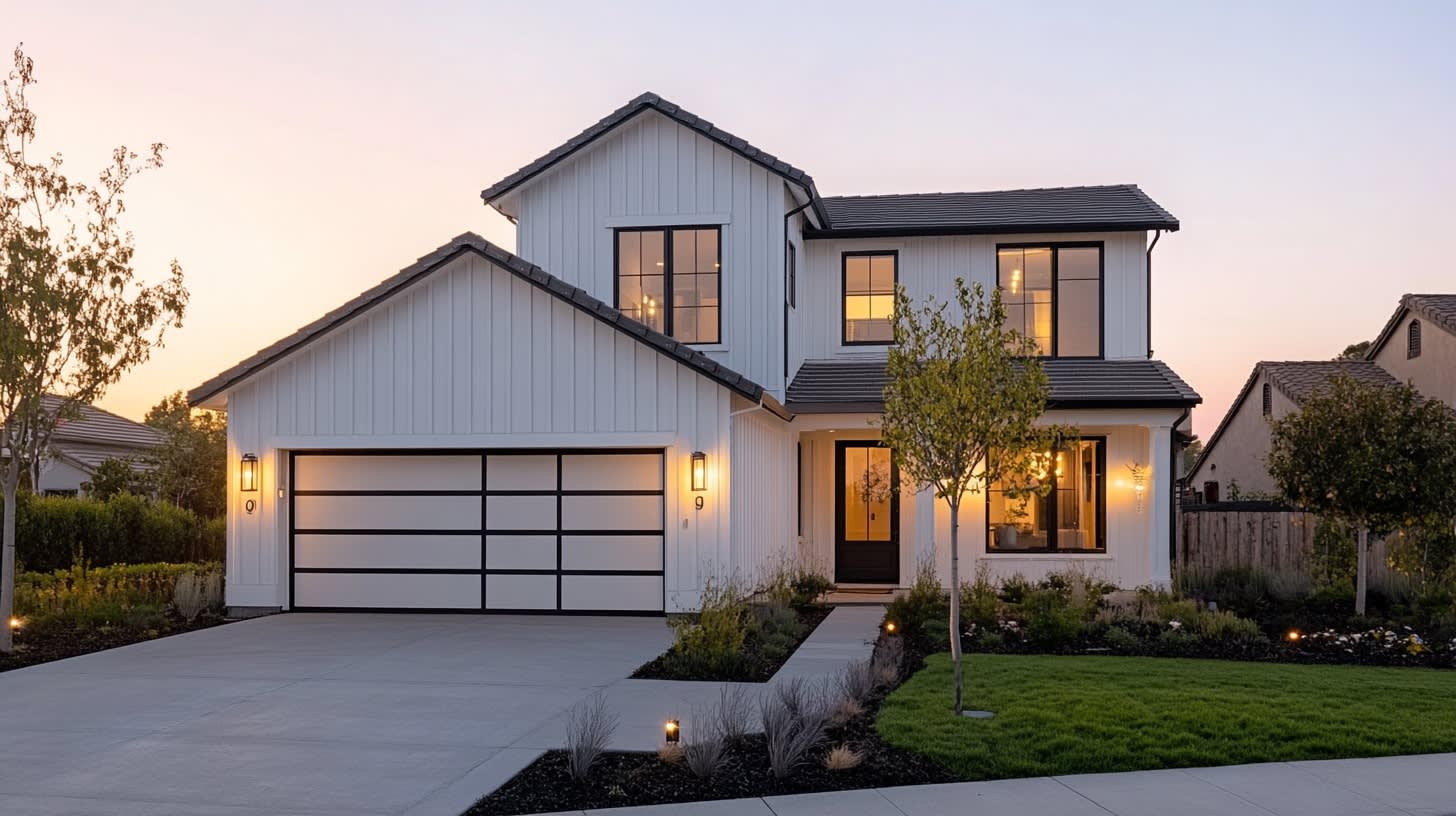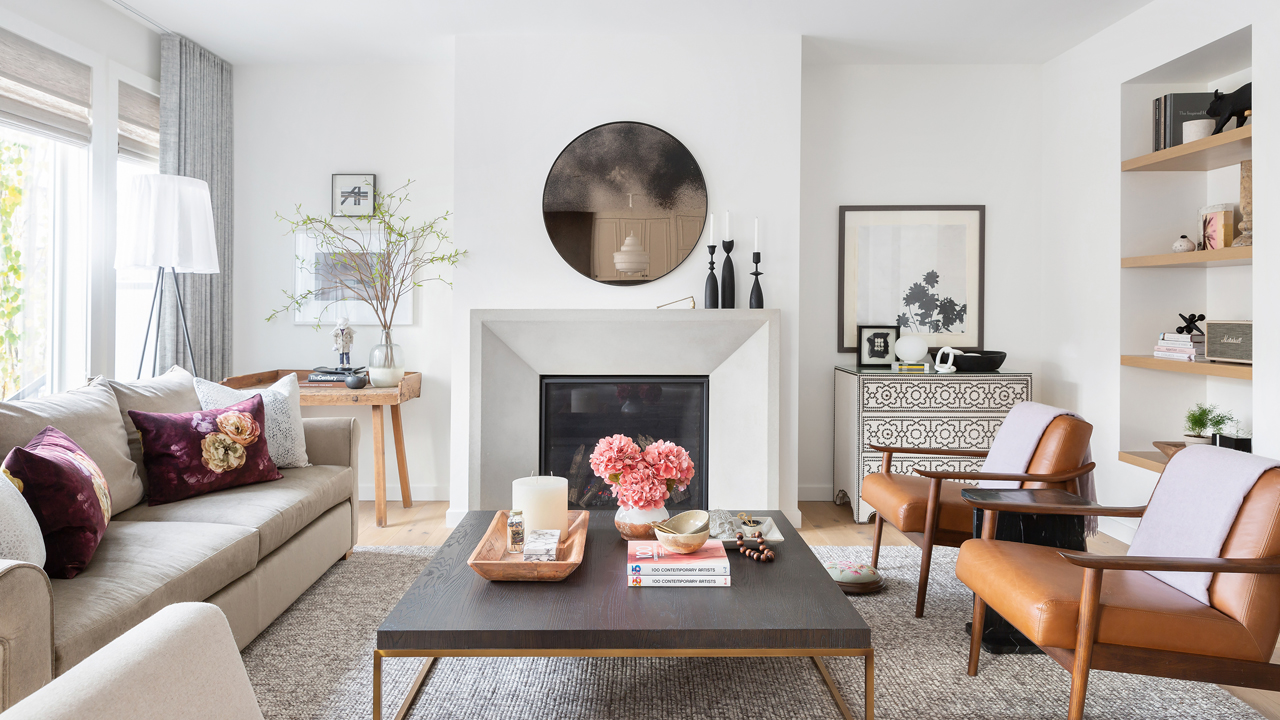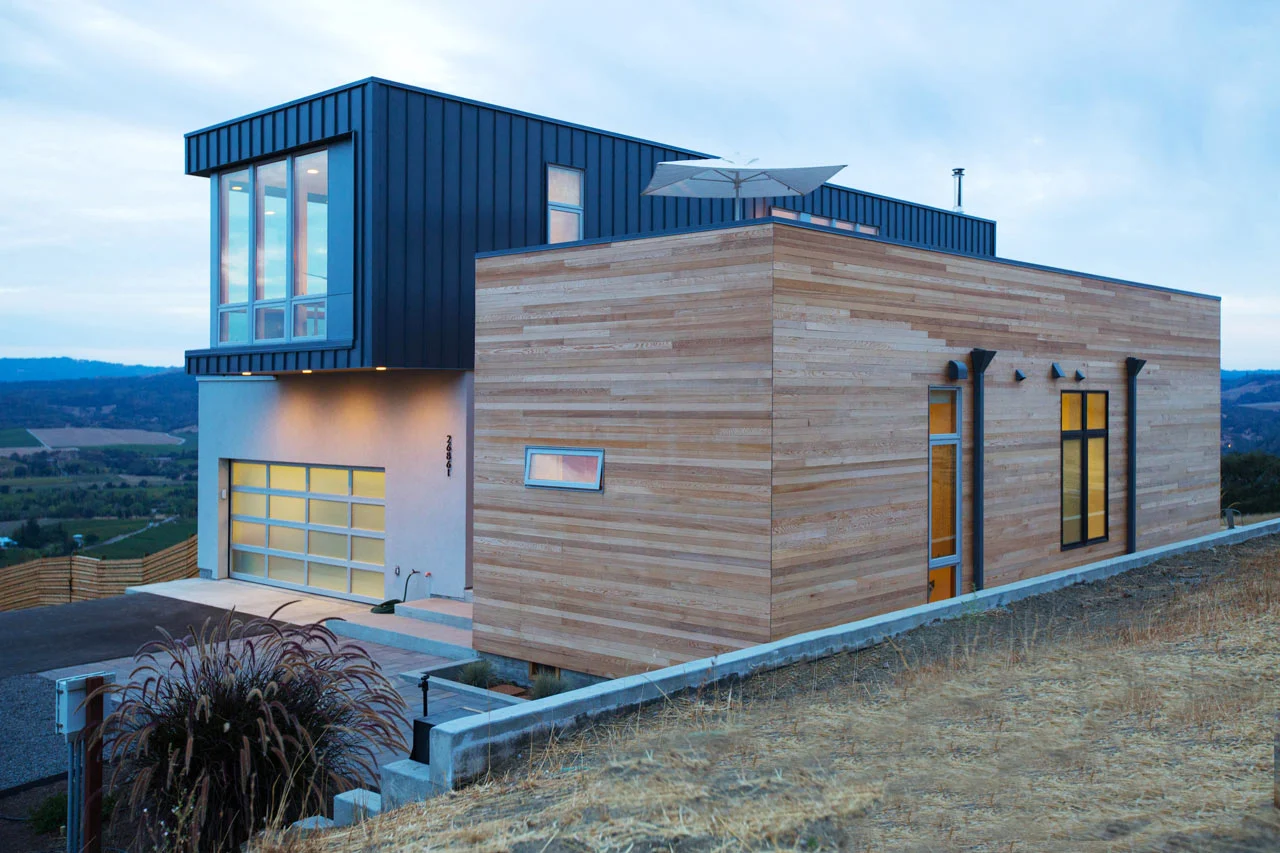a gap in the market
the current options for home ownership
An innovative approach to housing.
our home
By embracing cutting-edge building practices and leveraging innovative materials, combined with a manufacturing process inspired by the precision of automotive assembly lines, we are confident that we can dramatically reduce costs while maximizing efficiency through economies of scale. This approach not only enhances our competitive edge but also paves the way for a sustainable future in construction.
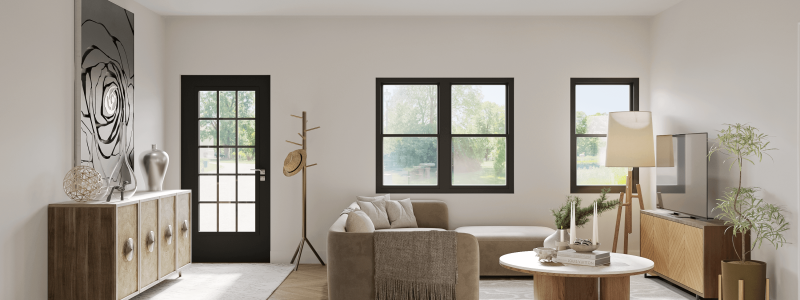
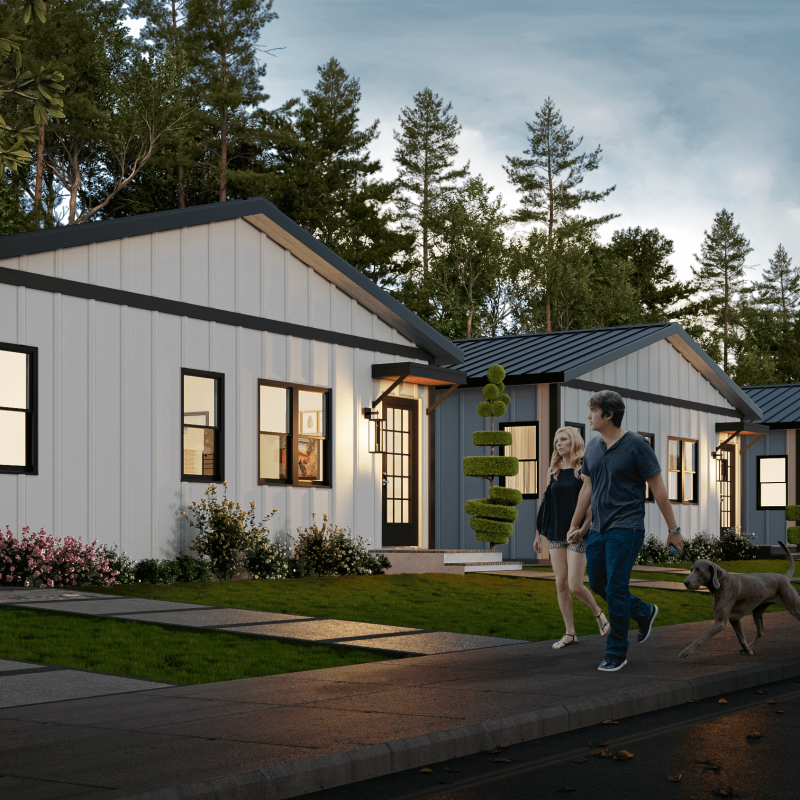
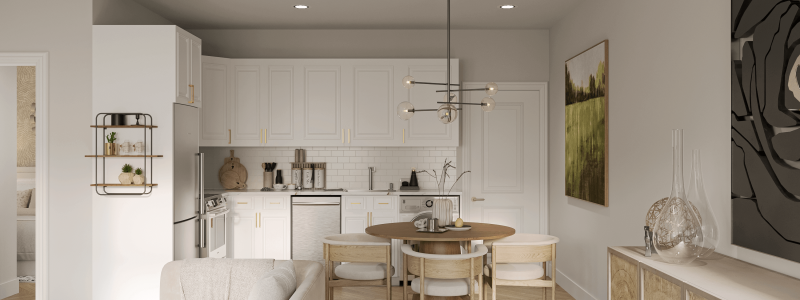
- quicker build method
- long lasting materials
- lower costs logisitics
- less site prep
- streamline process
- better return on investment
- Website Optimization
were do we fit in
Priced low to high
tiny homes
1
$25-$70k
manufactured
2
$90-$200k
our home
3
$125-$250k
traditional
4
$420k+
the difference
tiny home
typical build
- trailer foundation
- 2x4 wood framing
- 16 on center
- r13 wall insulation
- r30 ceiling insulation
- pex b plumbing
- plastic fittings
- vinyl siding
- not wind rated
- not fire rated
- no standards
manufactured
typical build
- trailer foundation
- 2x3 wood framing
- 16 on center
- r11 wall insulation
- r22 ceiling insulation
- pex b plumbing
- plastic fittings
- tin siding
- HUD zone 3 wind
- fire rated
- HUD standard
our home
our our build
- custom steel frame
- 2x6 steel isp panels
- r50 wall insulation
- r50 ceiling insulation
- pex a plumbing
- metal fittings
- cement board siding
- 130mph wind rated
- class 1(A) fire rating
- IBC standard
- LEED certified
traditional
typical build
- concrete slab
- 2x4 wood framing
- 24 on center
- r19 wall insulation
- r38 ceiling insulation
- pex b plumbing
- plastic fittings
- vinyl siding
- 130mph wind rating
- fire rated
- IBC standard
more than a gap
Our homes offer a fantastic opportunity in today’s market, serving as an ideal next step for potential buyers. Crafted with high-quality materials, they not only surpass local and national building codes and standards but also promise a wise and rewarding investment for the future.
910.297.2967
lets talk
manufactured homes
Manufactured homes are built to HUD standards, often referred to as minimum property standards: For many individuals, purchasing one of these homes is a significant milestone in their journey to homeownership. However, few realize that what they are acquiring may not be a true asset. Constructed on a trailer frame and designed with a limited lifespan, the average manufactured home lasts less than 30 years. Unlike traditional homes, they typically do not retain their value, which can make them a disappointing investment. Understanding these factors is crucial for anyone considering this path.
the most common first home | starter home for many
1
tiny homes
Often referred to as miniature or minimal homes, these charming dwellings are typically built on trailer platforms or movable foundations, offering a unique lifestyle choice. Often crafted by small businesses or passionate individuals, many of these homes may not conform to local building codes or the International Building Code (IBC), leaving potential buyers uncertain about the quality and safety of their investment. When it comes to financing, tiny homes present a distinct challenge, as they often do not qualify for traditional loans. This necessitates a creative approach for those who cannot pay outright, encouraging innovative financing solutions. Compounding these challenges, many local municipalities impose restrictions on land occupancy, further complicating the dream of living in a tiny home. Despite these hurdles, the appeal of a minimalist lifestyle continues to captivate many, inviting them to explore new possibilities in compact living.
an option but not always a solution
1
traditional homes
Built on-site, often wooden stick built with long build periods.
Achieving the dream of homeownership can often feel like a distant goal, a daunting leap that many believe is out of reach. A variety of factors play into the rising prices of traditional family homes, including limited inventory, the lucrative nature of home flipping, and the booming rental market with platforms like Airbnb and charming B&Bs. Coupled with the fierce competition and bidding wars, we find ourselves in an environment ripe for artificial inflation.
However, we are here to change the narrative. By offering more competitive pricing and streamlining the buying process, we can help make this dream more attainable. Increasing the number of homes available in the market will provide much-needed relief from the pressures of limited inventory, opening doors for countless families to step into their future.
the end goal
1
traditional modular homes
This emerging sector in housing represents an innovative blend of traditional craftsmanship and modern techniques. By harnessing the core principles of classic home construction within a factory setting, these homes often achieve exceptional build quality and durability. However, the process can be intricate and costly. Securing suitable land and preparing the site requires a significant amount of groundwork—often mirroring the efforts involved in traditional homebuilding. Furthermore, the elevated expenses related to logistics and crane operations diminish the potential savings, making this method less financially advantageous at present. Despite these challenges, the promise of enhanced quality may make it a worthwhile endeavor for future homeowners.
the most common first home | starter home for many
1
